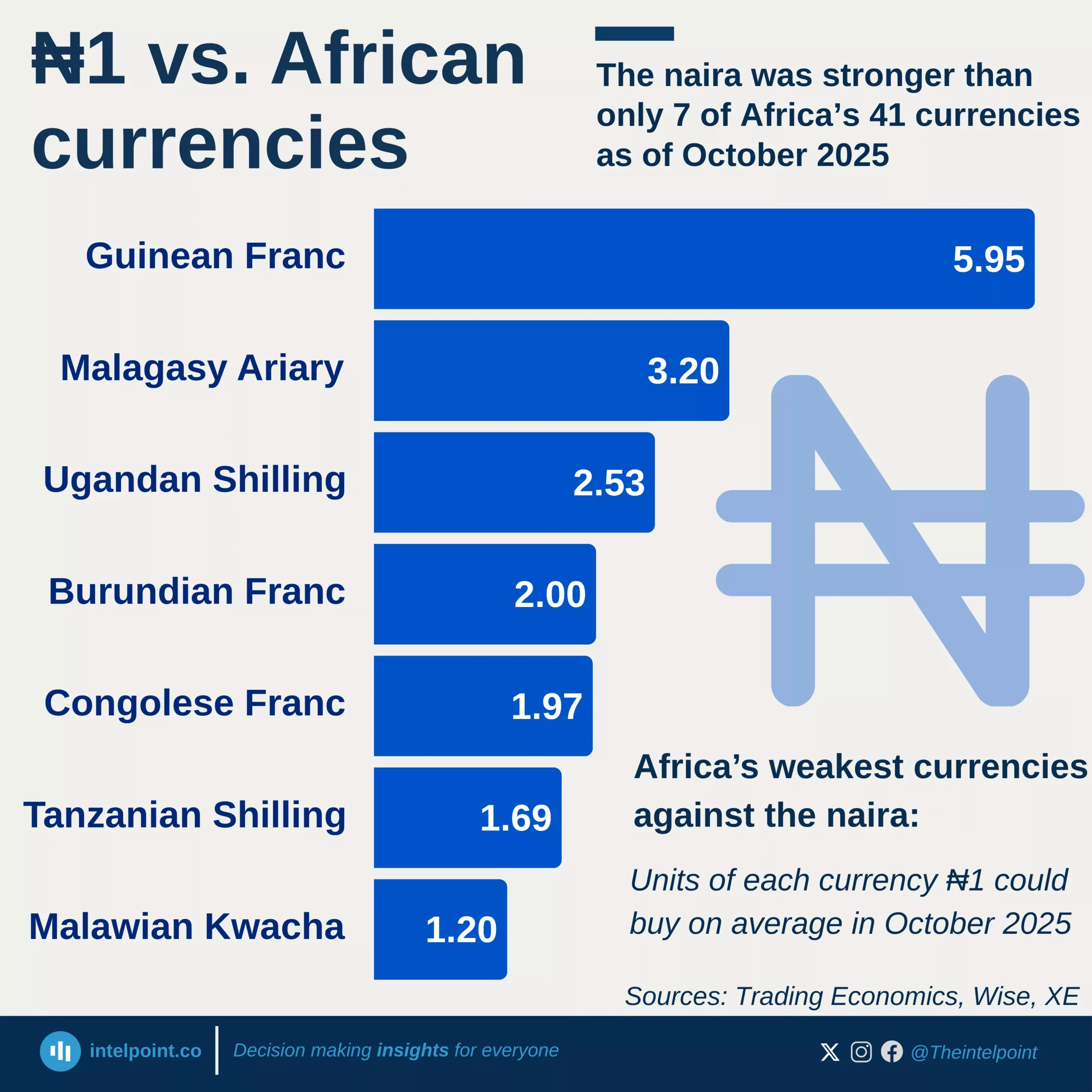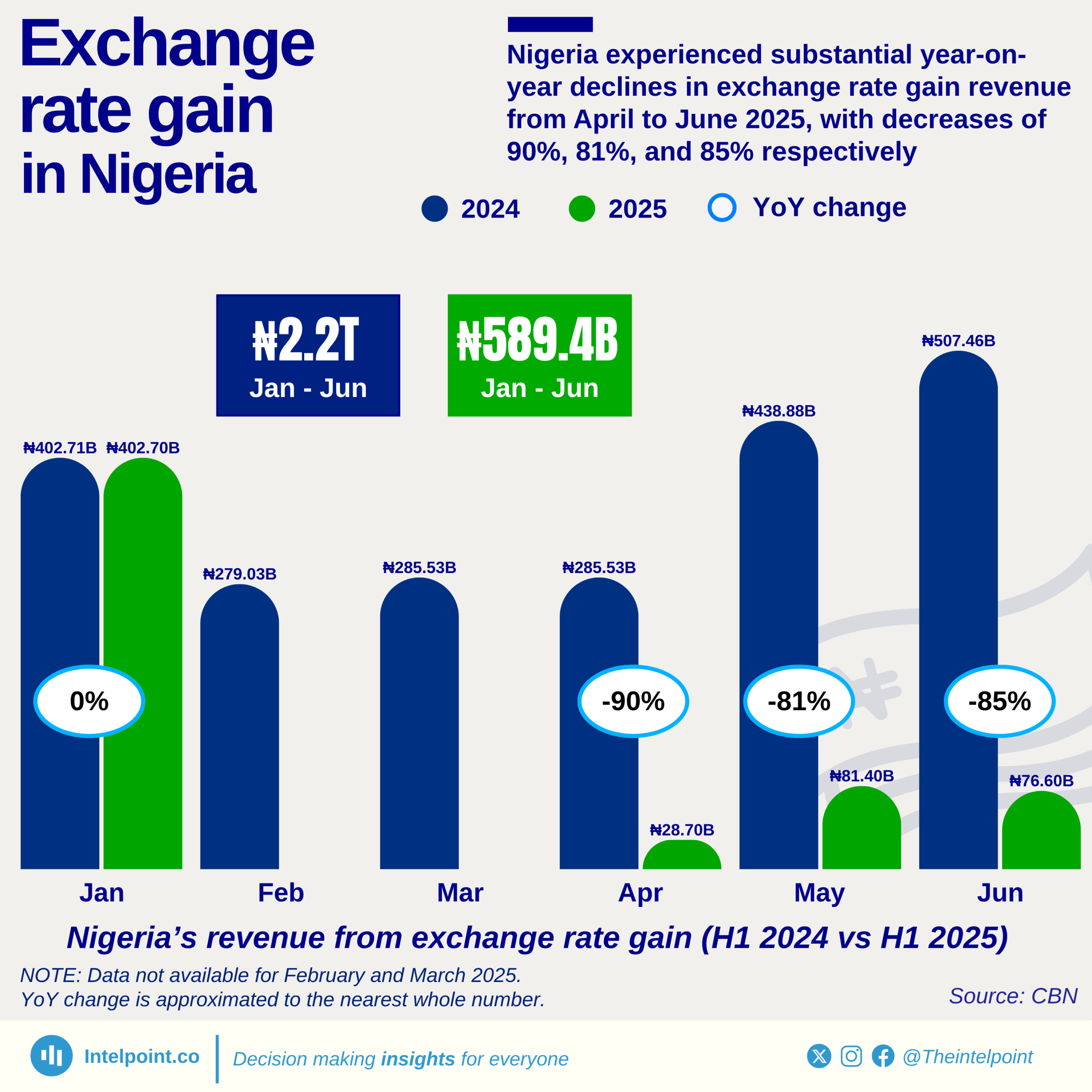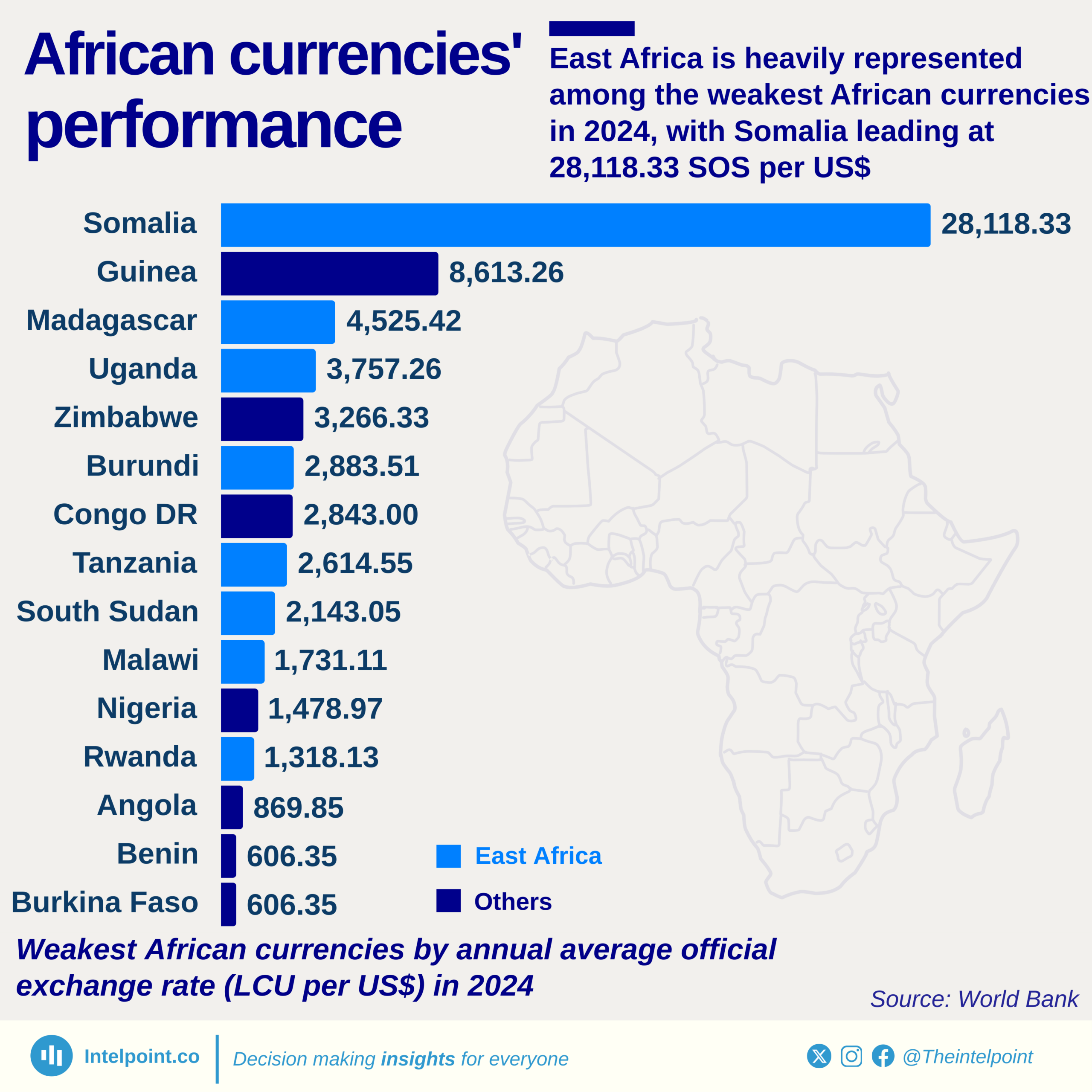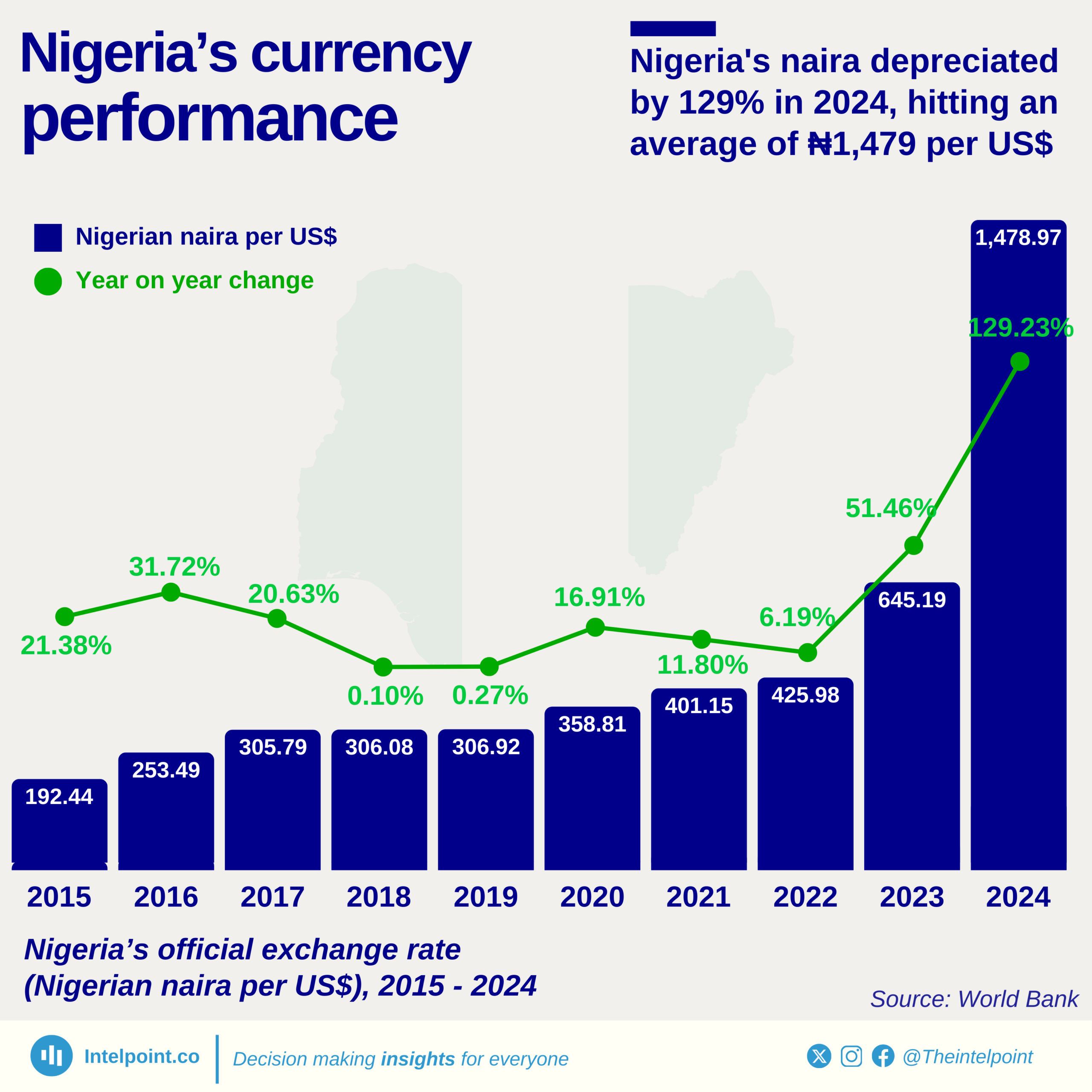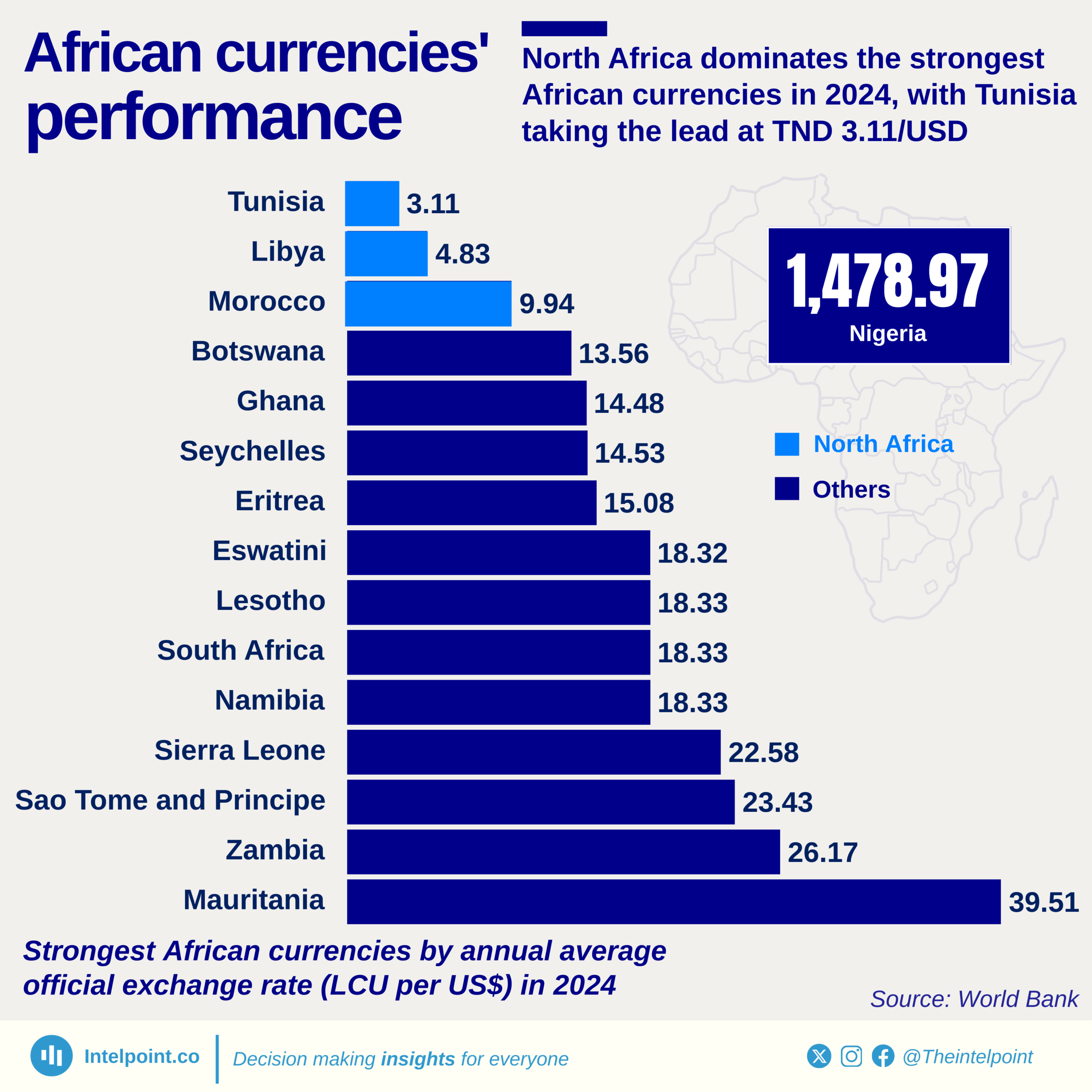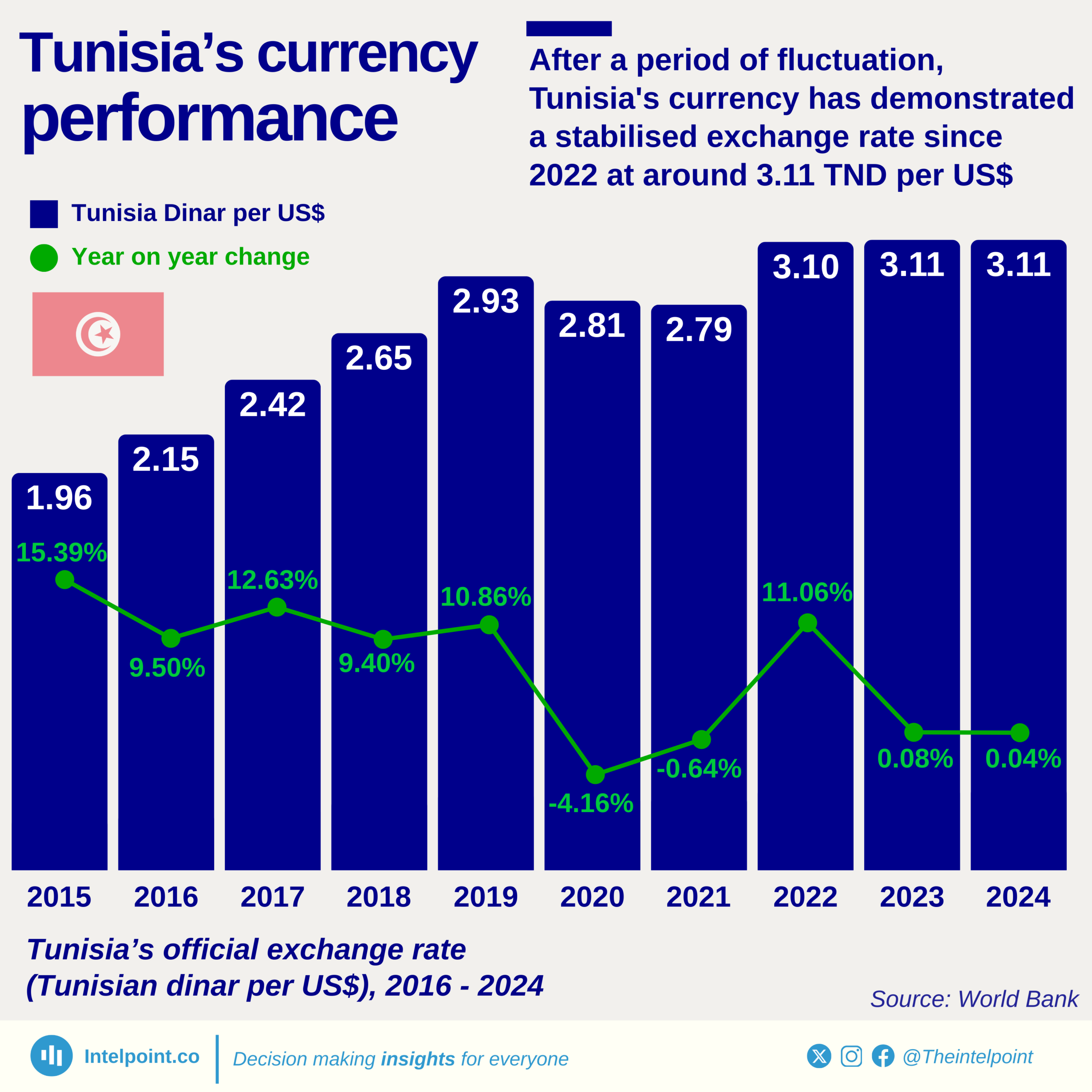The Somalian currency has proven to be one of the weakest in Africa since 2015. The country's official exchange rate has shown a consistent upward trend over the past decade, with the Somali Shilling depreciating from 22,254.24 SOS per US$ in 2015 to 28,118.33 SOS per US$ in 2024. While the annual rate of change has fluctuated, the general direction is clear: a weakening domestic currency. The year-on-year depreciation averaged around 2.7% over the period, with 2019 marking the steepest annual jump of 4.64%. This gradual decline in the currency's value reflects deeper economic and monetary realities in the country.
